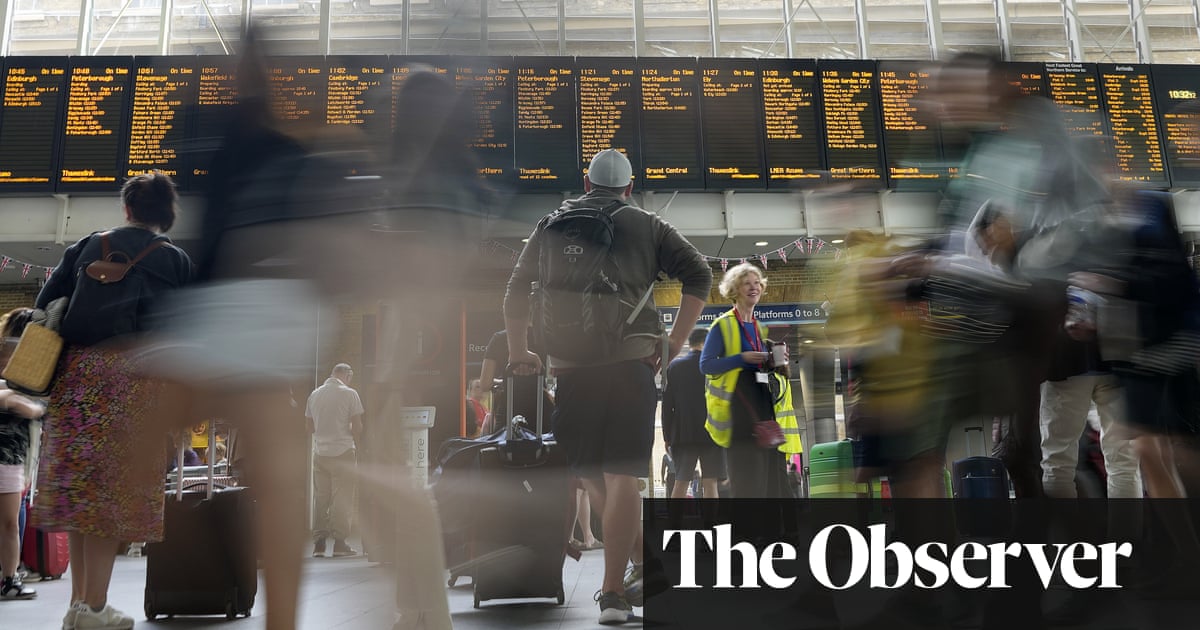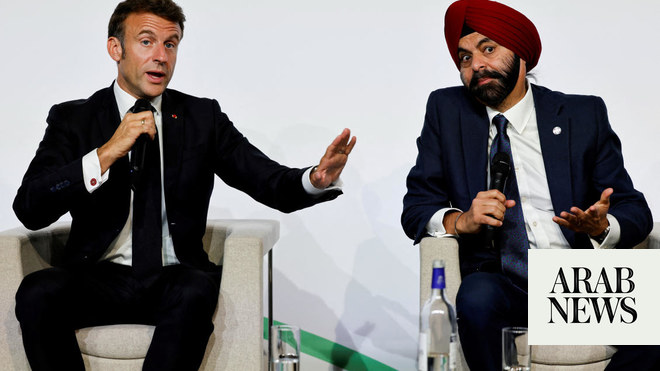
What do Britain’s railways need to do to get back on track? In a brief interval between strikes, the RMT’s Mick Lynch was asked by MPs whether industrial action was damaging rail. The union leader answered: “What about the days when we’re not on strike, when it’s absolutely useless as well?”
Industry bosses also acknowledge, in less blunt language, that rail needs fixing.
The problems are mounting. After enormous investment in the last decade, the Treasury has indicated it will not continue to meet rising costs. Reports that HS2 may be delayed again or stop short of its London terminus – despite the chancellor’s swift denial – will heighten anxieties about government support.
Inflation and the pay battles it has triggered have compounded the financial battering from Covid, which tore at the fissures in the system. The collapse in passenger revenue ended franchising overnight, but several franchises had already sunk. Emergency contracts for train operators kept the industry afloat, but arguably sapped it of direction or thrust. The contracts minimised the stakes for success or failure – a factor in the malaise that has seen rail passengers in the north particularly badly served.
Reason for optimism remains. Reliability has not fallen everywhere; work towards reform continues; new infrastructure, not least Crossrail, has been delivered, and more is promised; and passengers have returned to some routes in droves. But the railway system’s fate will depend on how four interlinking issues are addressed.
Industrial relations
Resolving the sustained national strikes of the last seven months is top of the in-tray – even if the breakdown in industrial relations is a symptom rather than a cause of rail’s crisis.
At least two more days of near-shutdown have to be played out, with the drivers in Aslef on strike on Wednesday and Friday this week. The drivers have the most power to halt the railway – but, normally, far less inclination than the RMT to do so.
The latter look closer to settling, as the RMT executive considers the separate 9% pay rise packages offered by train operators and Network Rail. Stumbling blocks remain – not least reforms that would make Sundays a mandatory working day, and potentially allow all ticket offices to be closed.
Even if they win grudging RMT acceptance, the below-inflation pay offers are unlikely to delight staff. Low morale, evidenced by high sickness rates and what frustrated Avanti bosses call “unofficial industrial action”, have contributed to failing train services. The rail minister, Huw Merriman, has suggested managers will “need to throw their arms around the workforce” for some time to restore relations. But battles for reform – and further cuts – will still recur in 2024 or 2025 unless the finances ease.
Getting passengers back
As the Treasury sees it, there is still a £2bn annual fares shortfall from pre-Covid days, and it is not willing to plug the gap.
The latest quarterly financials show revenue from July to September was £2.2bn – almost 30% less than summer 2019 figures in real terms. Data from the Office of Rail and Road also shows a particularly sharp drop in season ticket sales, down more than 70% from £556m – income which traditionally offered commuter operators a guaranteed tranche of early cash.
The big question is whether this is a long-term, structural change – driven by working from home and the death of Monday-to-Friday commuting – or just a post-pandemic lag. Initially, many tended to the pessimistic view, although some, such as Darren Caplan, chief executive of the Railway Industry Association, reject talk of “managed decline”.
Passenger numbers reached 90% of pre-Covid levels on some days in November, with numbers on long-distance routes exceeding 2019. “People talk about commuters disappearing, but in parts of the country they are absolutely back,” says Caplan. “We’ve had industrial action, poor service levels – if all those challenges weren’t there, imagine how much better it would be.”
Revenues from peak-fare tickets – needed by commuters before the advent of flexible working – have been substantially lower than their off-peak equivalents since the pandemic. But the ORR data shows they are now recovering faster: revenue is now 50% higher than a year ago for peak fares compared with a 30% growth in off-peak.
The industry would like to offer more carrot, too, to passengers – but attempts to overhaul confusing and costly fares have stalled for years. As a senior industry source puts it: “You’ve got to have a fit-for-purpose fares system that’s attractive and that people believe in … Can you do that while government holds the day-to-day operational keys? Tricky.”
Systemic reform
Supposed micromanagement by the Department for Transport, allied to Treasury purse-string-holding, was a bugbear even in 2018, when ministers launched an industry review in the wake of the timetable debacle that sparked chaos and cancellations.
The glacial pace of the Williams review and ensuing reform has frustrated many, particularly as few dissented from its diagnosis: that fares were a mess; that costs were too high; that the industry was too fragmented, with the objectives of Network Rail and operators, track and train, opposed rather than unified; and that franchising was not working, even before it was killed off by Covid.
The stopgap contracts that have followed the pandemic have created an unholy alliance of government funding and private sector operation, with little incentive for the latter to collect revenue or run trains when things get tricky. Transport firms are arguing for a greater role when or if Great British Railways, as outlined in what is now the Williams-Shapps review, becomes reality.
The people setting up GBR, the independent body that will act as a “guiding mind” for the industry, insist that it is far from dead, as some have maintained; but legislation has not yet been timetabled.
With an election in late 2024, Labour’s plans may soon have more relevance. The party is likely to agree to an independent guiding mind to run the railway; but when contracts lapse, train operators will be brought back into public ownership. Given that Southeastern, Northern and LNER are already run by the government’s own operator of last resort, that no longer appears such a radical prospect.
Infrastructure and investment
Both major parties, meanwhile, are ostensibly committed to building HS2 and “Northern Powerhouse” Rail – whatever those projects exactly mean in terms of routes and destinations.
One of the first chairs of HS2 to be asked to review its budget, Sir David Higgins, warned that the biggest driver of escalating costs would be political delay and uncertainty. Yet even the London Euston terminus of the high-speed network is still being debated a decade later.
At a time of reduced patronage and wider economic pressures, the temptation to prune back long-term schemes is high. But building new, high-speed and resilient modern lines remains vital. The hopes of the north have already been scaled down by the cuts announced in 2021 in the government’s £96bn integrated rail plan. Delivering that plan will remain an essential minimum.












